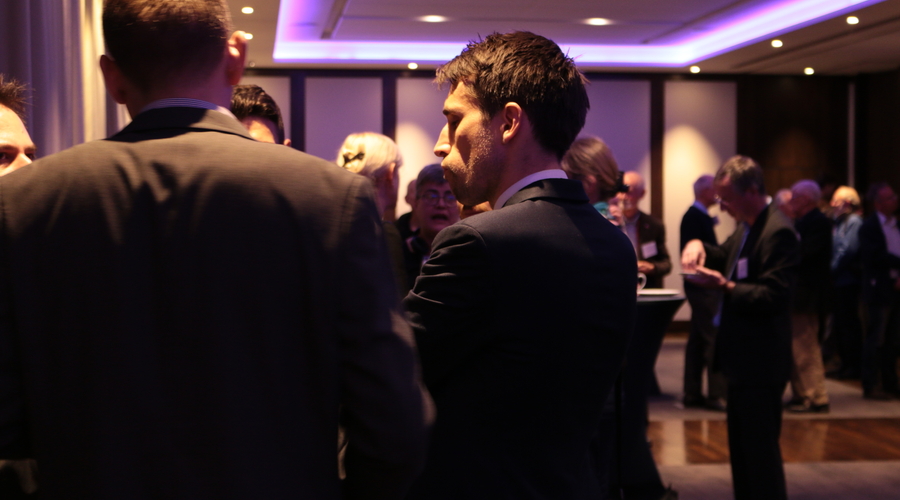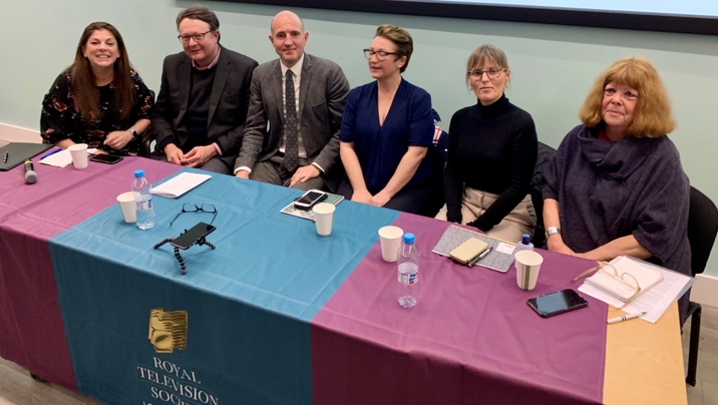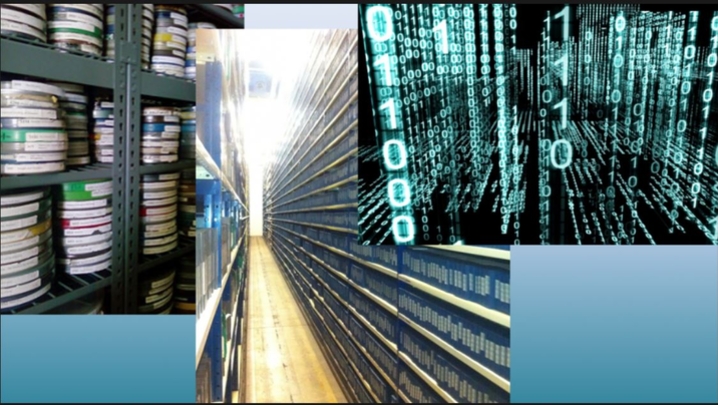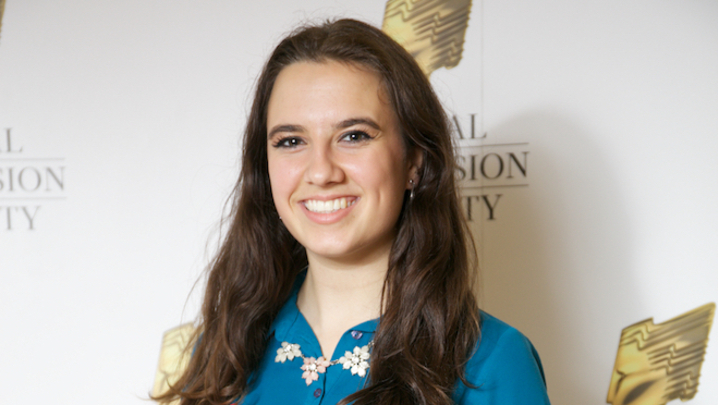The onward march of technology is gathering pace – and the broadcast media industry has to keep up
This was the key message from the London Centre’s review of this September’s IBC, which was held jointly with the Institution of Engineering and Technology at the latter’s sumptuously refurbished HQ on the banks of the Thames.
Amsterdam’s annual media technology event welcomed more than 1,600 exhibitors and 55,000 visitors to its exhibition halls and conference sessions. The RTS and IET are two of the six partners behind IBC.
“Everything is changing so fast, with the arrival of IP (internet protocol) and the cloud, and we as an industry are having to innovate at the same pace – and a show like IBC has to reflect that,” said Decipher MD Nigel Walley, who chaired the RTS/IET event in mid-October.
Walley continued: “It’s likely that IBC will be radically different every year – and the challenge for the management of IBC is to put in place the wi-fi, apps and social media to enable the live discussion during the show to match the pace of the innovation of the technology and the breakthroughs revealed in the conference.”
A consensus soon emerged that the rapid growth in the use of IP and the cloud was changing broadcasting infrastructures fundamentally – SDI (serial digital interface) was now completely absent from IBC, argued Vodafone media and broadcast business development lead Craig Buckland.
New at IBC 2016 was an IP interoperability zone, where more than 35 companies showed how their technologies could work together. It built on work by the Joint Task Force on Networked Media and the AES (Audio Engineering Society) toward IP interoperability, and was supported by AIMS (Alliance of IP Media Solutions) and the IABM (International Association of Broadcasting Manufacturers).
At its heart was a live production studio based on one developed by Belgian broadcaster VRT, which has been on air for several months as part of the LiveIP Project, a collaboration between the European Broadcasting Union and VRT.
Tom Marshall, creative director at Captive North, produced the “What caught my eye sessions” at IBC, which gave leading technologists a chance to seek out and report on the show’s most interesting exhibits. He screened clips of these video packages, including one showing how companies were taking full advantage of what they could achieve using IP and the cloud.
Forbidden Technology’s Forscene in-the-cloud editing system is well established. The company is now moving towards a fully virtualised post-production system in the cloud, highly secure and integrated with suppliers such as Amazon web services. This will allow the processing of everything, from the camera to the screen, stays in the cloud and is done through an online browser.
Graham Turner, chairman of IET’s multimedia communications network, has a particular interest in content protection and piracy issues, and spoke of the constant battle to protect copyright content in the IP arena.
“On the Nagra stand, there was a tall column of pirate set-top boxes – and with the increasing interest in virtual reality production, how do you protect that?” he asked.
Looking further into the future, Buckland reminded the audience that none of the top 20 internet companies in the world are European – 11 are from the US, with the rest from Asia. He added: “And Google is bigger that all the European media companies combined. Who will be the broadcasters of the future? I suspect the platforms.”
Stephanie Scheller, head of business development at Appiness, cited the opportunities offered by the sophisticated exploitation of metadata in the rise of multi-device consumption of video. “Make more of your metadata – using it creatively can make advertising more interesting to engage with. In the multi-screen world metadata will fuel the future – its potential is vast,” she said







